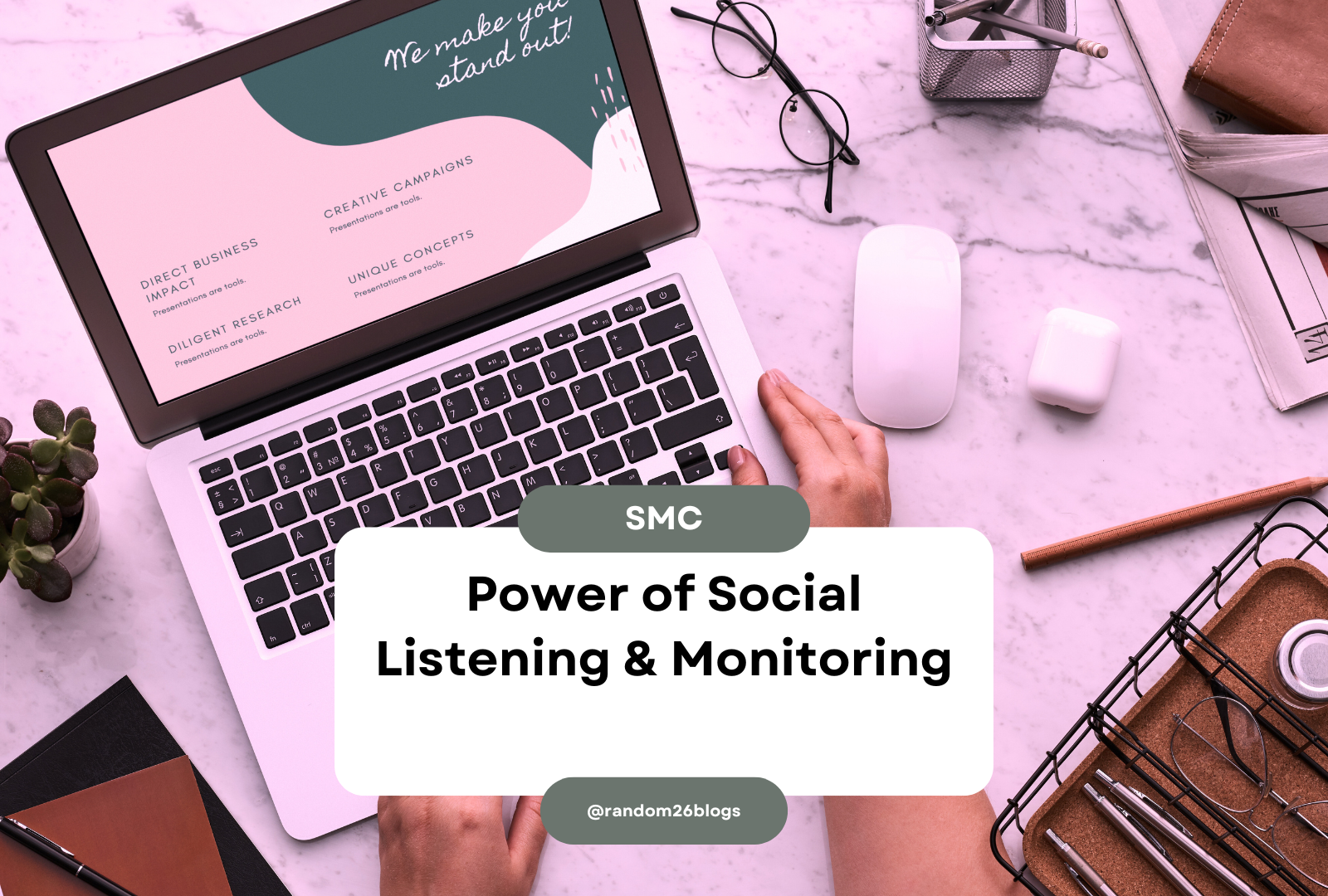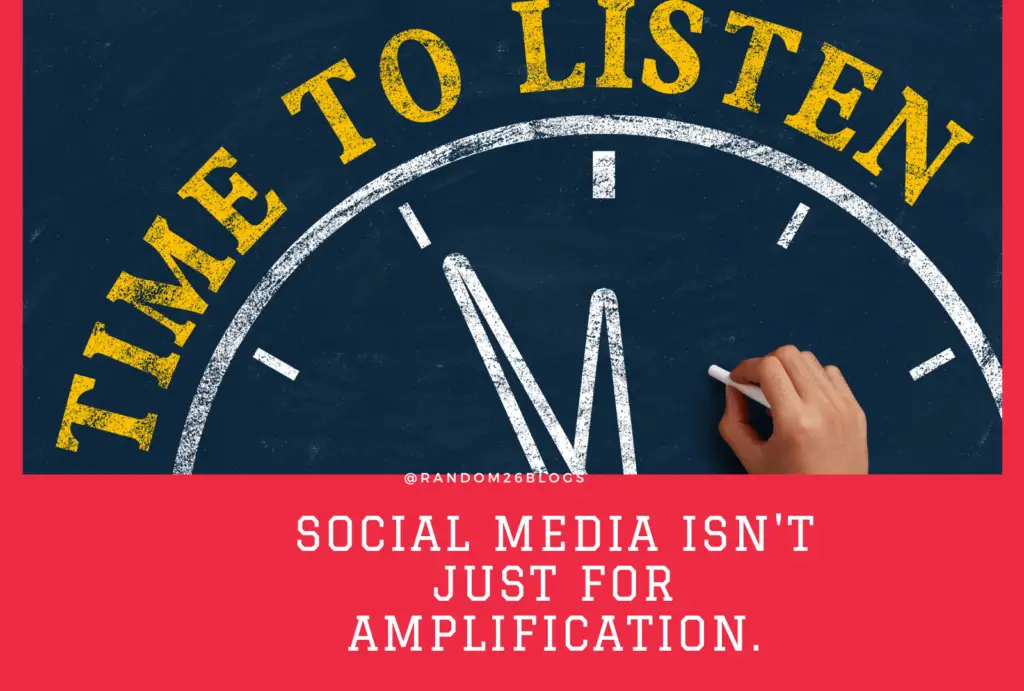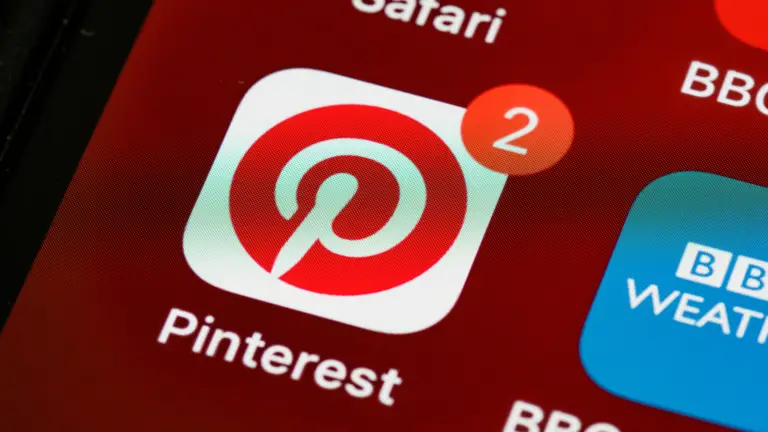
Table of Contents
In today’s digital age, social media has evolved beyond just a platform for sharing updates and promoting products. It has become a powerful tool for businesses to understand their customers better, engage with them on a personal level, and ultimately, drive growth. But amidst the noise of tweets, posts, and comments, how can businesses cut through to truly listen to what their customers are saying? Enter social listening and monitoring—a crucial strategy that savvy businesses are employing to stay ahead in the game.
Understanding Social Listening and Monitoring

Before delving into the depths of social listening and monitoring, let’s break down what these terms really mean.
- What is Social Monitoring?
Social monitoring involves actively searching for mentions and conversations related to your brand, products, hashtags, employees, competitors, and customers across various social media platforms. It’s essentially keeping an eagle eye on the digital chatter surrounding your business. - What is Social Listening?
Social listening goes beyond mere observation. It’s about tracking, analyzing, and responding to those conversations. It’s about understanding the sentiment behind the mentions, identifying trends, and using these insights to shape your business strategies.
Why Social Listening & Monitoring Matter:
In a world where customer opinions can make or break a brand, the importance of social listening and monitoring cannot be overstated. Here’s why it’s a non-negotiable for businesses:
- Understanding Customer Sentiment:
Social media provides a goldmine of data on how customers feel about your brand. By actively listening to what they’re saying, you can gain valuable insights into their likes, dislikes, pain points, and preferences. - Real-Time Feedback:
Unlike traditional market research methods that can take weeks or months to yield results, social listening offers real-time feedback. This means you can promptly address customer concerns, capitalize on emerging trends, and adapt your strategies on the fly. - Building Customer Relationships:
Customers appreciate brands that listen and engage with them on social media. According to a study, 83% of people appreciate it when brands respond to their questions, while 68% like it when brands join conversations. By actively participating in discussions, you can foster stronger relationships with your audience. - Driving Sales and Brand Loyalty:
The impact of social listening extends beyond just engagement—it can directly impact your bottom line. Research shows that 48% of customers are more likely to make a purchase from a brand that is responsive on social media. By addressing customer queries and concerns promptly, you can boost customer satisfaction and loyalty.

Implementing an Effective Social Listening & Monitoring Strategy:
Now that we understand why social listening and monitoring are essential let’s explore how businesses can implement an effective strategy:
- Choose the Right Tools:
There are numerous social listening tools available in the market, ranging from free options like Google Alerts to more comprehensive paid solutions like Sprout Social and Hootsuite. Evaluate your needs and budget to select the tool that best fits your requirements. - Define Your Objectives:
Before diving into social listening, clarify your objectives. Are you looking to improve customer service, track brand sentiment, identify market trends, or all of the above? Defining clear goals will help you tailor your strategy accordingly. - Monitor Relevant Keywords and Hashtags:
Identify the keywords, hashtags, and phrases relevant to your brand and industry, and set up alerts to monitor mentions across social media platforms. This will help you stay informed about what’s being said about your brand and industry in real-time. - Analyze and Act on Insights:
Gathering data is just the first step; the real value lies in analyzing these insights and taking action. Look for patterns, trends, and recurring themes in the conversations. Are customers consistently praising a particular feature of your product? Use this feedback to enhance your offerings. Are there recurring complaints? Address them promptly to prevent further dissatisfaction. - Engage with Your Audience:
Social listening isn’t just about observing—it’s about actively engaging with your audience. Respond to customer queries, thank them for positive feedback, and address any concerns or complaints they may have. By showing that you’re listening and taking their feedback seriously, you can build trust and loyalty among your customers.

Case Studies: Real-World Examples of Social Listening Success
To illustrate the power of social listening and monitoring, let’s take a look at some real-world examples:
- Starbucks:
Starbucks is known for its exceptional customer service, and social listening plays a significant role in maintaining that reputation. By monitoring social media channels, Starbucks can quickly address customer complaints, respond to inquiries, and even incorporate customer suggestions into its menu offerings. - Airbnb:
Airbnb leverages social listening to stay ahead of emerging travel trends and customer preferences. By analyzing conversations on social media, Airbnb can identify popular destinations, amenities, and experiences, allowing them to tailor their offerings to meet customer demand effectively. - Nike:
Nike is another brand that understands the importance of social listening in shaping its marketing strategies. By monitoring social media conversations, Nike can gauge the sentiment around its products, identify influencers, and even uncover potential brand ambassadors.
In today’s hyper-connected world, social listening and monitoring have become indispensable tools for businesses looking to stay competitive. By actively listening to what customers are saying, businesses can gain valuable insights, build stronger relationships, and drive growth. Whether you’re a small startup or a global corporation, incorporating social listening into your marketing strategy can yield significant benefits in the long run. So, listen up—your customers are talking, and it’s time to join the conversation.







2 thoughts on “The Power of Social Listening & Monitoring: Why It’s a Business Must-Have (SMC)”